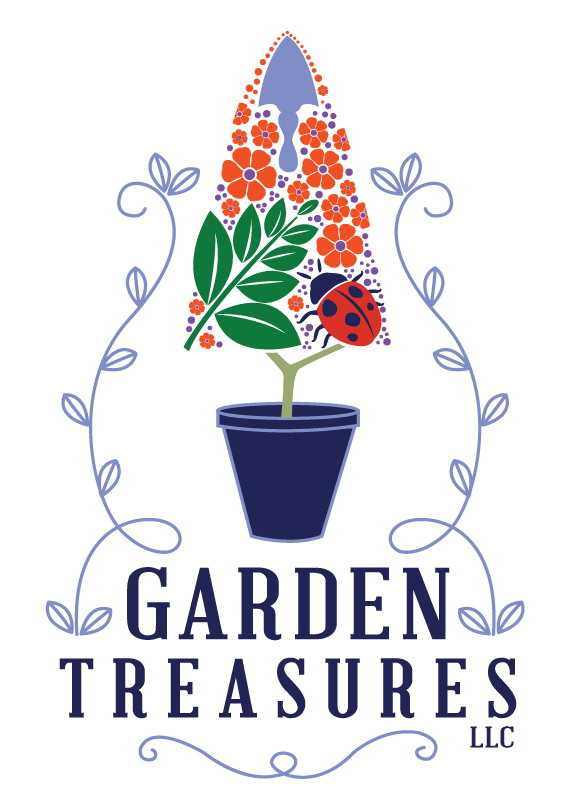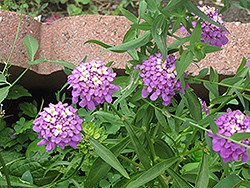Plant Height: 12 inches
Flower Height: 16 inches
Spacing: 10 inches
Sunlight:
![]()
![]()
Hardiness Zone: (annual)
Description:
This annual flowering variety produces globe-like clusters of lilac and white flowers from late spring until frost; a beautiful addition to beds or containers
Ornamental Features
Globe Candytuft is smothered in stunning lilac purple ball-shaped flowers with white overtones at the ends of the stems from late spring to mid fall. Its narrow leaves remain green in color throughout the year.
Landscape Attributes
Globe Candytuft is an herbaceous annual with an upright spreading habit of growth. Its relatively fine texture sets it apart from other garden plants with less refined foliage.
This is a relatively low maintenance plant, and should be cut back in late fall in preparation for winter. It is a good choice for attracting bees and butterflies to your yard. It has no significant negative characteristics.
Globe Candytuft is recommended for the following landscape applications;
- Mass Planting
- Rock/Alpine Gardens
- Border Edging
- General Garden Use
- Groundcover
Planting & Growing
Globe Candytuft will grow to be about 12 inches tall at maturity extending to 16 inches tall with the flowers, with a spread of 12 inches. When grown in masses or used as a bedding plant, individual plants should be spaced approximately 10 inches apart. Its foliage tends to remain dense right to the ground, not requiring facer plants in front. This fast-growing annual will normally live for one full growing season, needing replacement the following year.
This plant does best in full sun to partial shade. It does best in average to evenly moist conditions, but will not tolerate standing water. It is particular about its soil conditions, with a strong preference for rich, alkaline soils. It is highly tolerant of urban pollution and will even thrive in inner city environments. This species is not originally from North America.

